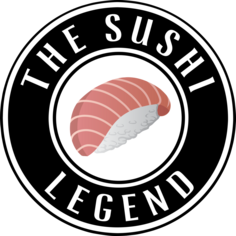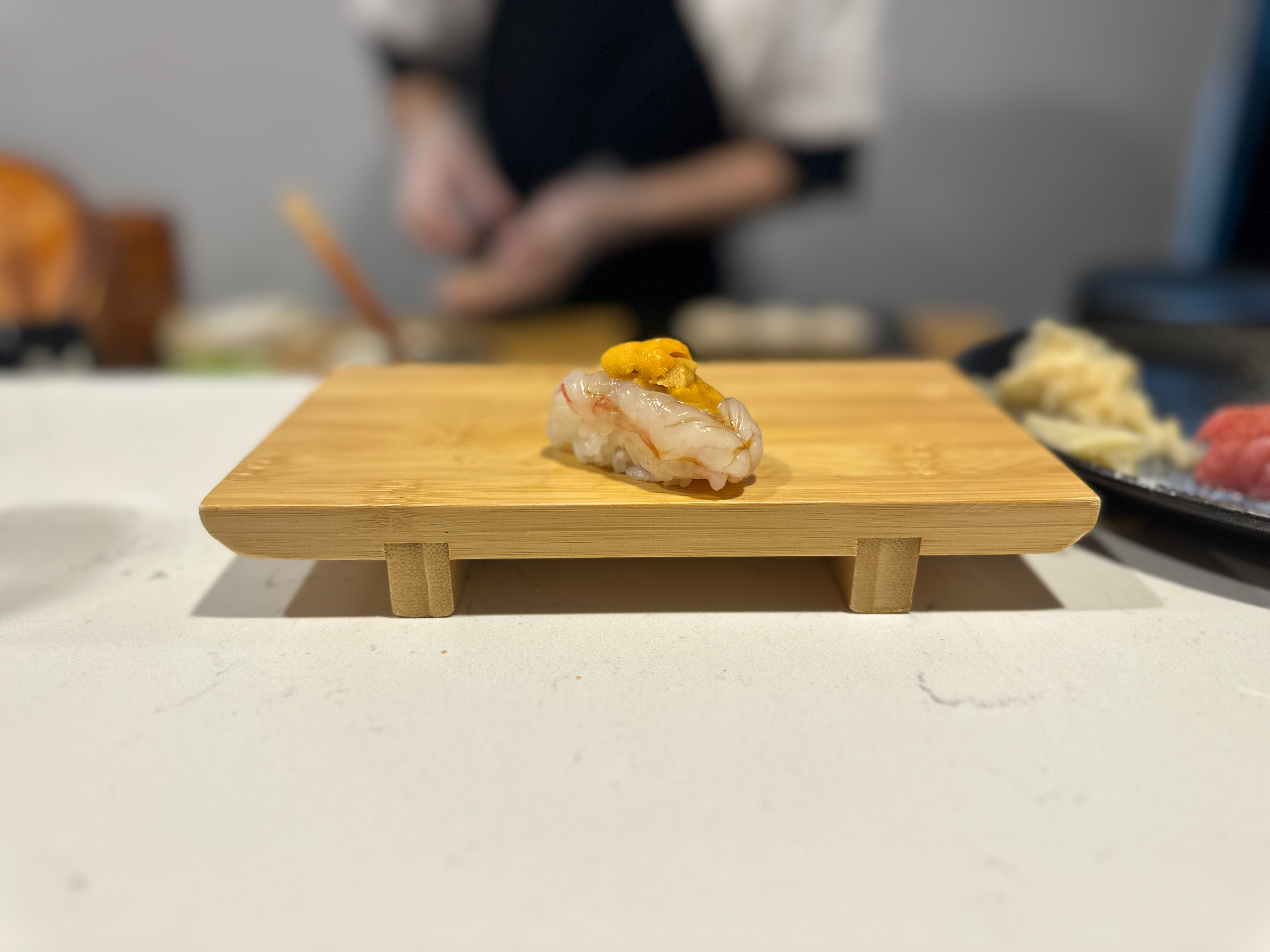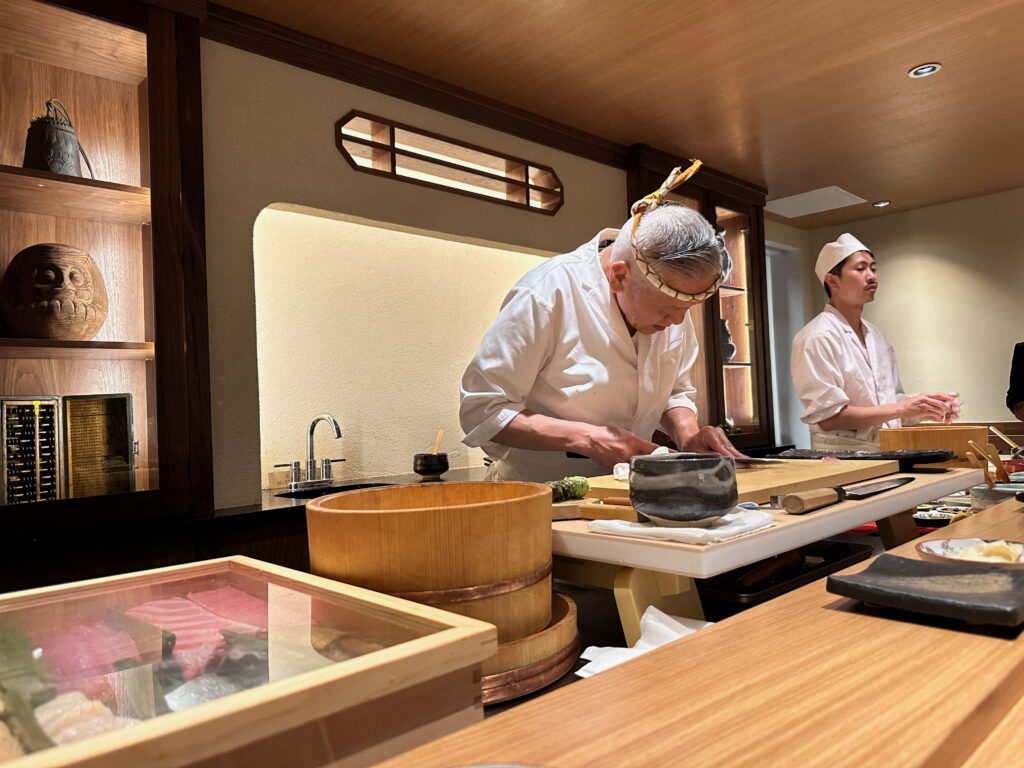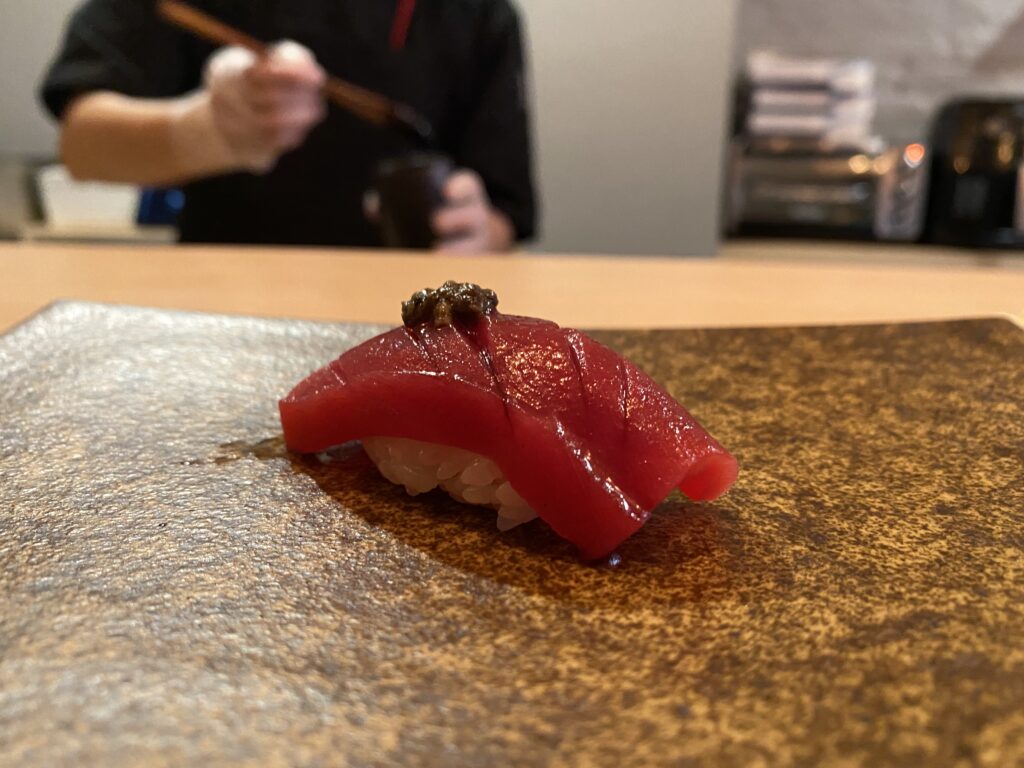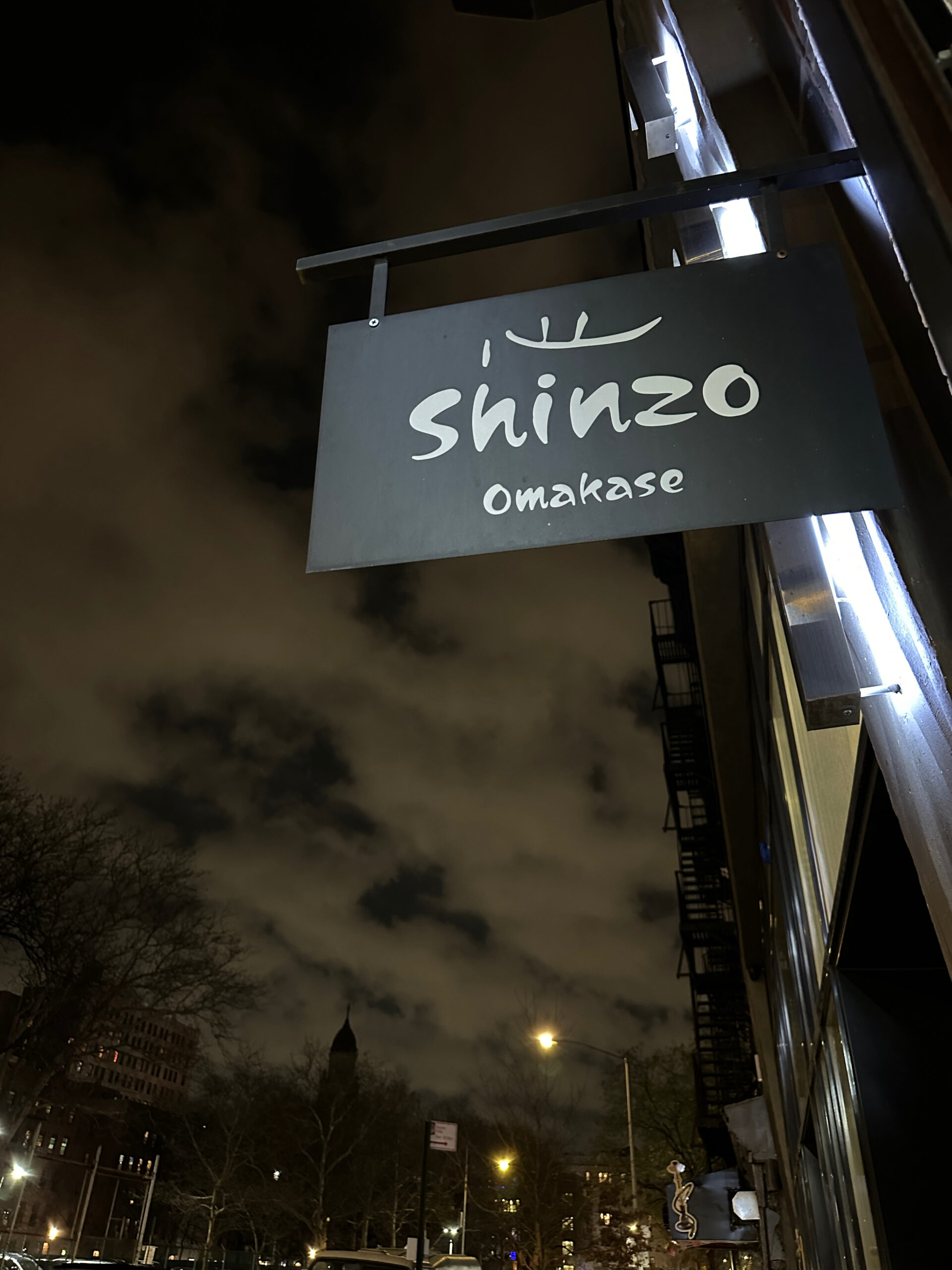
Like a Van Gogh painting
Little peak behind the curtain here
There were a few NYC sushiya that I visited over the past few years that I didn’t write about. I know, I know. Why did I deprive all the little legends out there of my Robert Frost-level prose. (shout out Frost btw – true pioneer).
Well, I have this thing called a heart. And since these places were bad, and I don’t lie to the people, I did what I should do every night at 10pm and closed my laptop. You see, COVID did a number on small businesses, and I had no interest in making things worse, even if it meant my grade-9-mavis-beacon-competition-winning-fingers would remain idle.
But as time has elapsed, and approximately 400 billion new sushiya have opened in New York, my opinion has changed. You have choices. Too many choices. Information on shitty sushiya is critical to avoiding a bad night out. How many blossoming romances have been ruined because I didn’t write about my horrific experience at Moko in the East Village? Or my perplexing night at Genki Omakase? Or the mozzarella salmon abomination at Shogun?
Those are questions I’ll have to live with the rest of my life.
So expect a few more negative sushiya to come.
Anyways, onto Shinzo.
Did you know that Shinzo is the best rated sushiya on Google in the city?
No, I’m not joking. As of publication – great journalist line – it sits at 4.9 for 300+ reviews. Remarkable, considering some of the wild things people complain about online. I recall one sushiya – don’t ask me to remember which, I’m old now – had a customer write a scathing review because they kept serving his Omakase after he left the counter for a 15 minute work call. Ok, buddy.
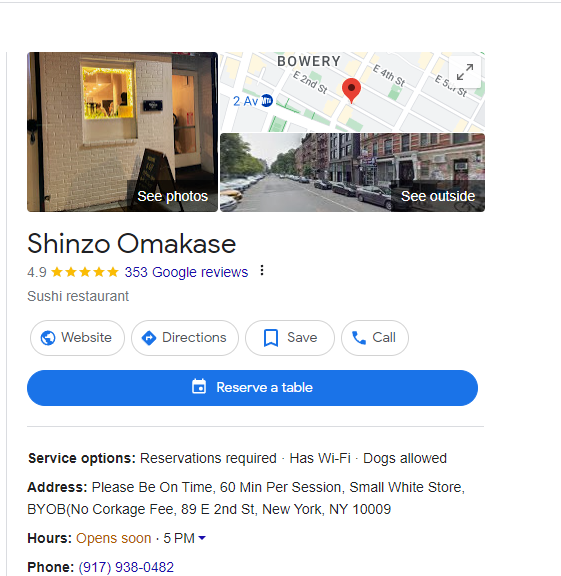
Shinzo Omakase
Shinzo encapsulates the chalkboard and turbo omakase trend in New York City
Let’s get that out of the way first. Anyone expecting something groundbreaking here, either in concept or execution, will be disappointed.
I coined the term Chalkboard Omakase – at least I’m pretty sure I did, don’t sue me if I’m wrong – to reference the deluge of sushiya in New York that put their price and menu on a sidewalk chalkboard. These loud advertisements feel antithetical to the point of sushi, which is outwardly understated, but fundamentally complex. Then again, one of the many reasons I love the great state of Vermont is their ban on billboards, so maybe it’s just me.

Shinzo’s chalkboard sits out front
And next to that chalkboard is usually a group of waiting customers. Shinzo has 4 seatings a night, each of which is 1 hour. The next group waits outside for their turn, and Shinzo makes it explicitly clear in 14 text messages between booking and seating that you have to be on time.
That’s fine, but don’t expect the courtesy to work both ways. Our seating started 15 minutes late.
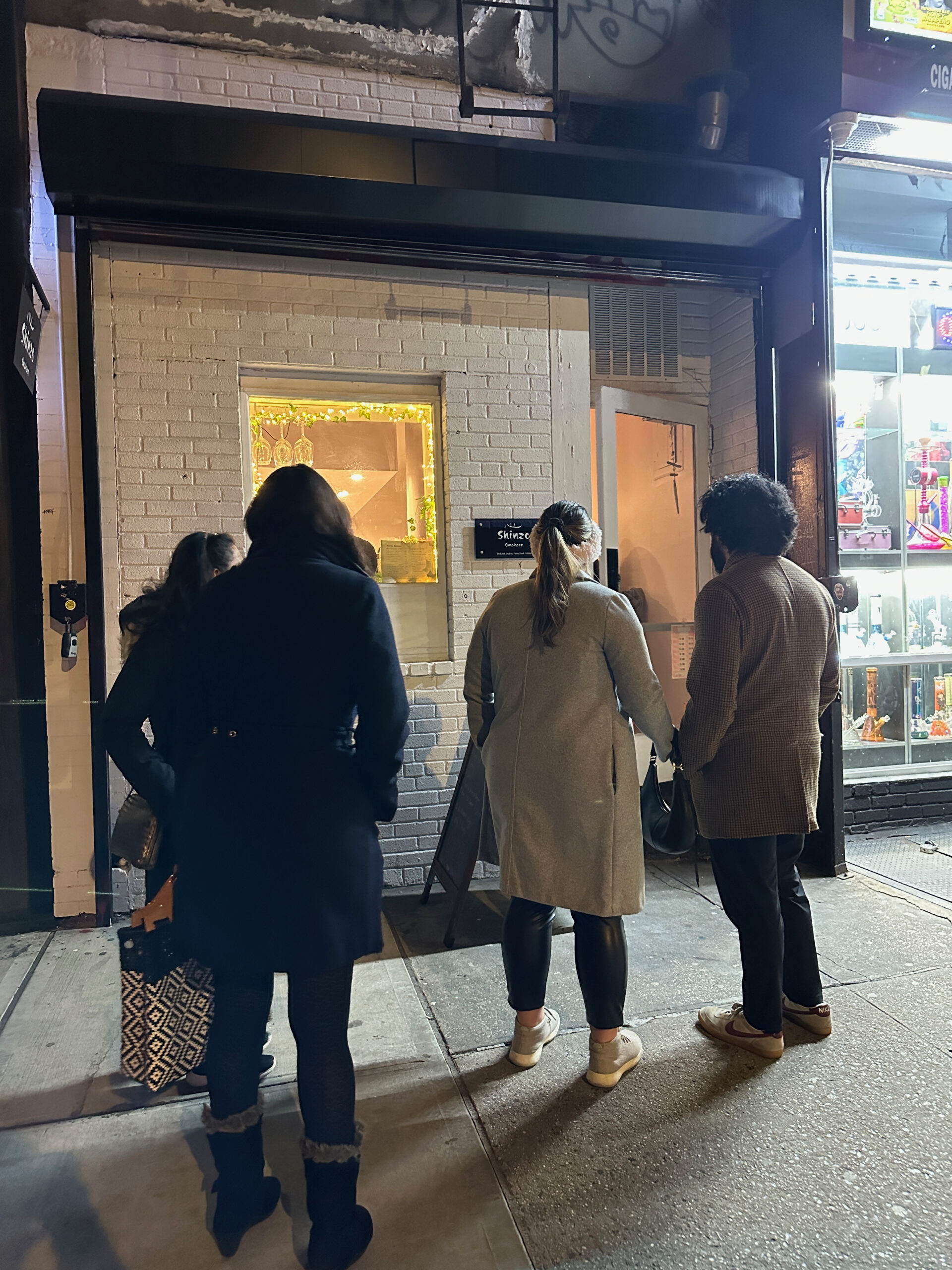
Shinzo is so busy – and so small – that customers wait for their seating out front
Shinzo’s menu may seem straightforward, but there are tweaks
The Omakase s 13 courses for $69. If you’re hungry, you’re permitted to double it: 26 courses for $138 (how about that math).
But the best deal is if you are dining with a partner. Shinzo permits 1 person to order a double and share it with the second.
Put another way, each person gets 19 courses for $103.50 a person. Not many deals like that in the city.
But is the sushi any good?
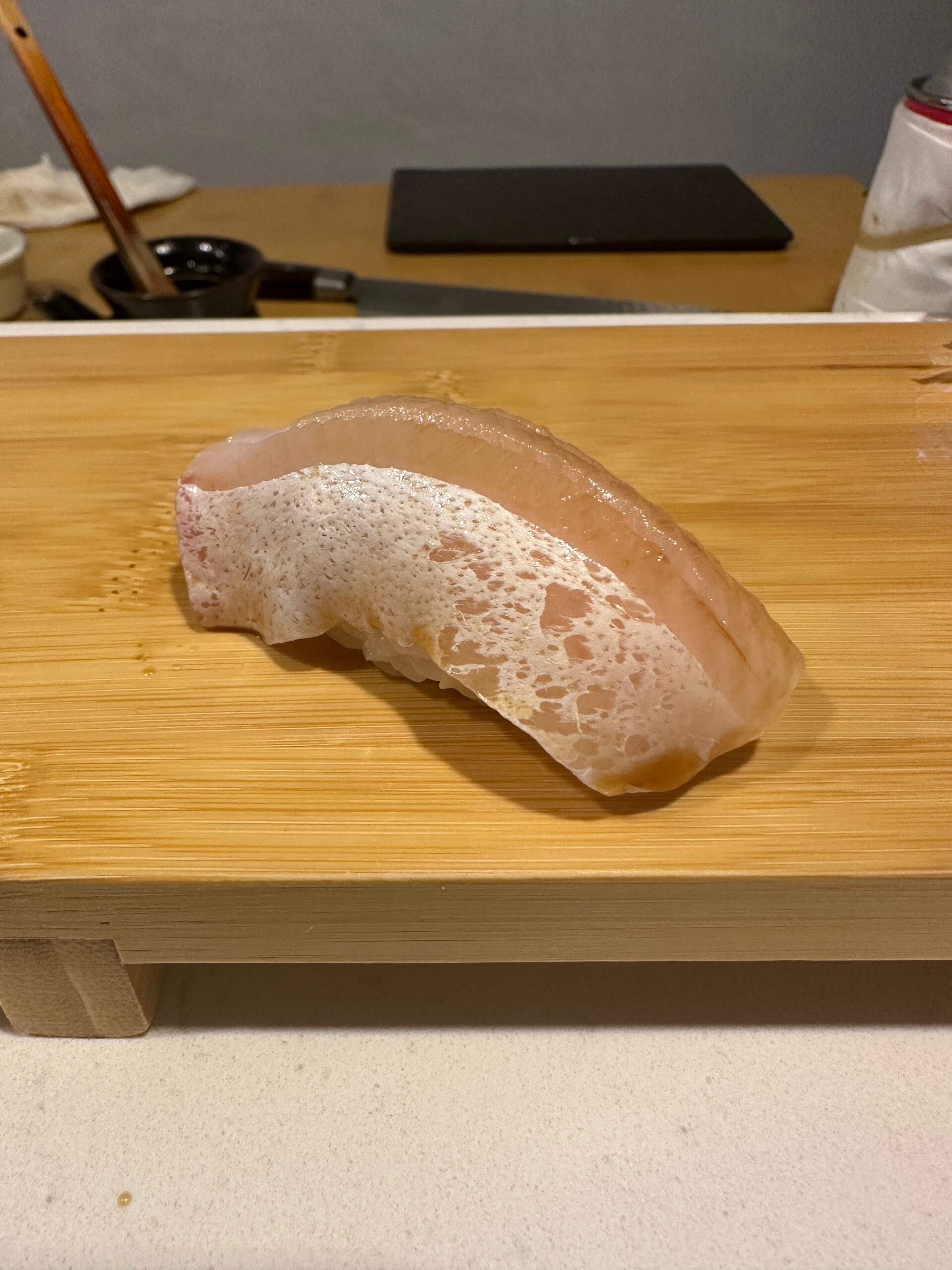
1: Hamachi
Yes and no. Sorry, that answer is mediocre, but so is the sushi.
That’s because it’s inconsistent. There are neta, like the Shima Aji below, that are cut both too thick and unevenly. Made even worse is that virtually every neta is is given small incisions by the chef behind the counter. Sometimes, there are functional reasons for that. For instance, it makes tougher Neta – like Kai (shellfish) – more malleable for forming nigiri. Cuts can also act as a cradle for accompanying sauces, like shoyu or nikiri.
But other times, like virtually every course at Shinzo, it’s for aesthetic reasons. Fine, but if the knife skills aren’t precise, the outcome can be, uh, interesting.
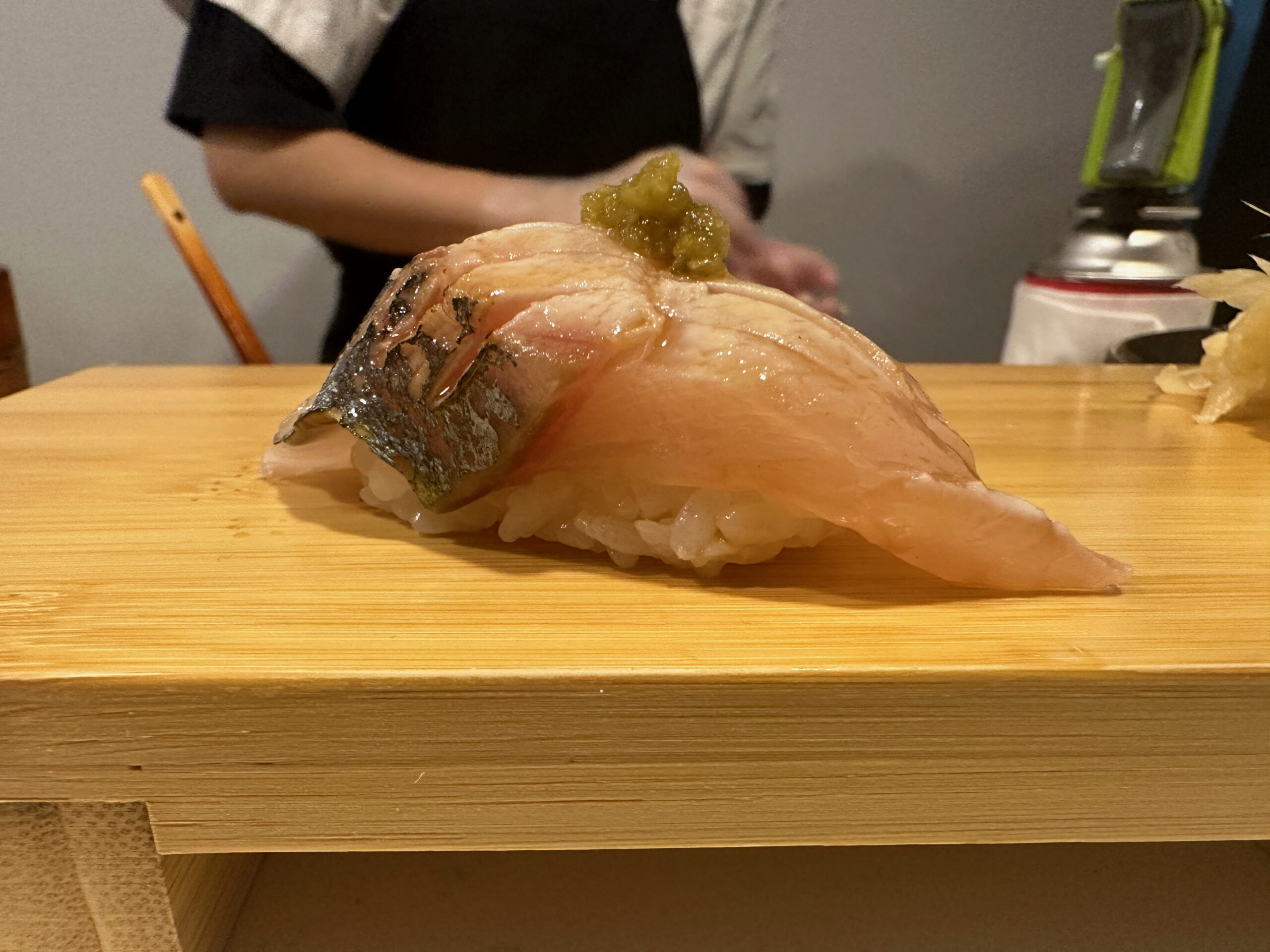
2: Shima Aji
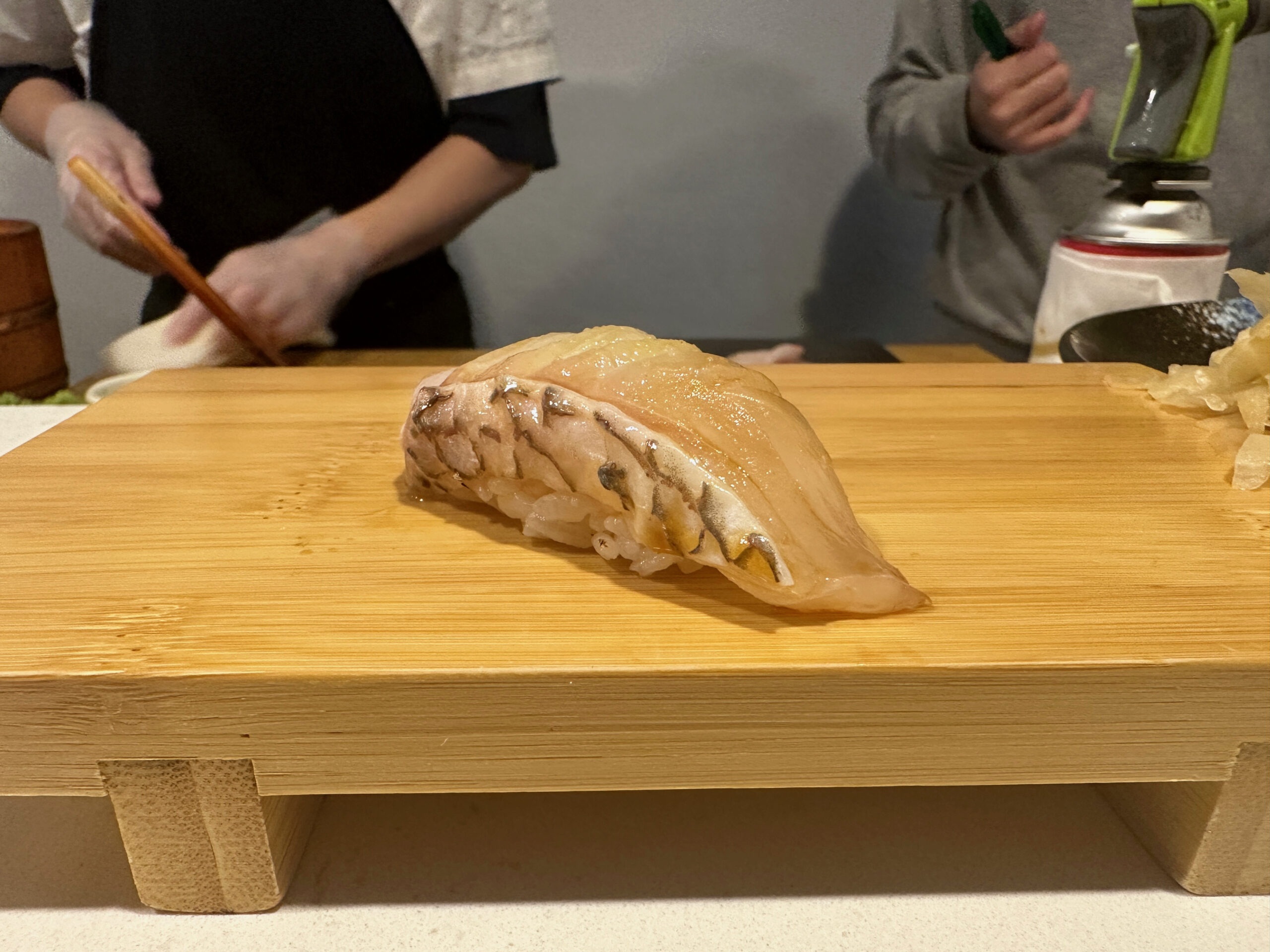
3: Madai

But then there are Neta like this Sawara (Spanish Mackerel), formed beautifully and precisely seasoned. Many people think Sawara is a spring neta, but the truth is it varies depending on where it’s caught. This nigiri was not overly fatty, just the way I like it.
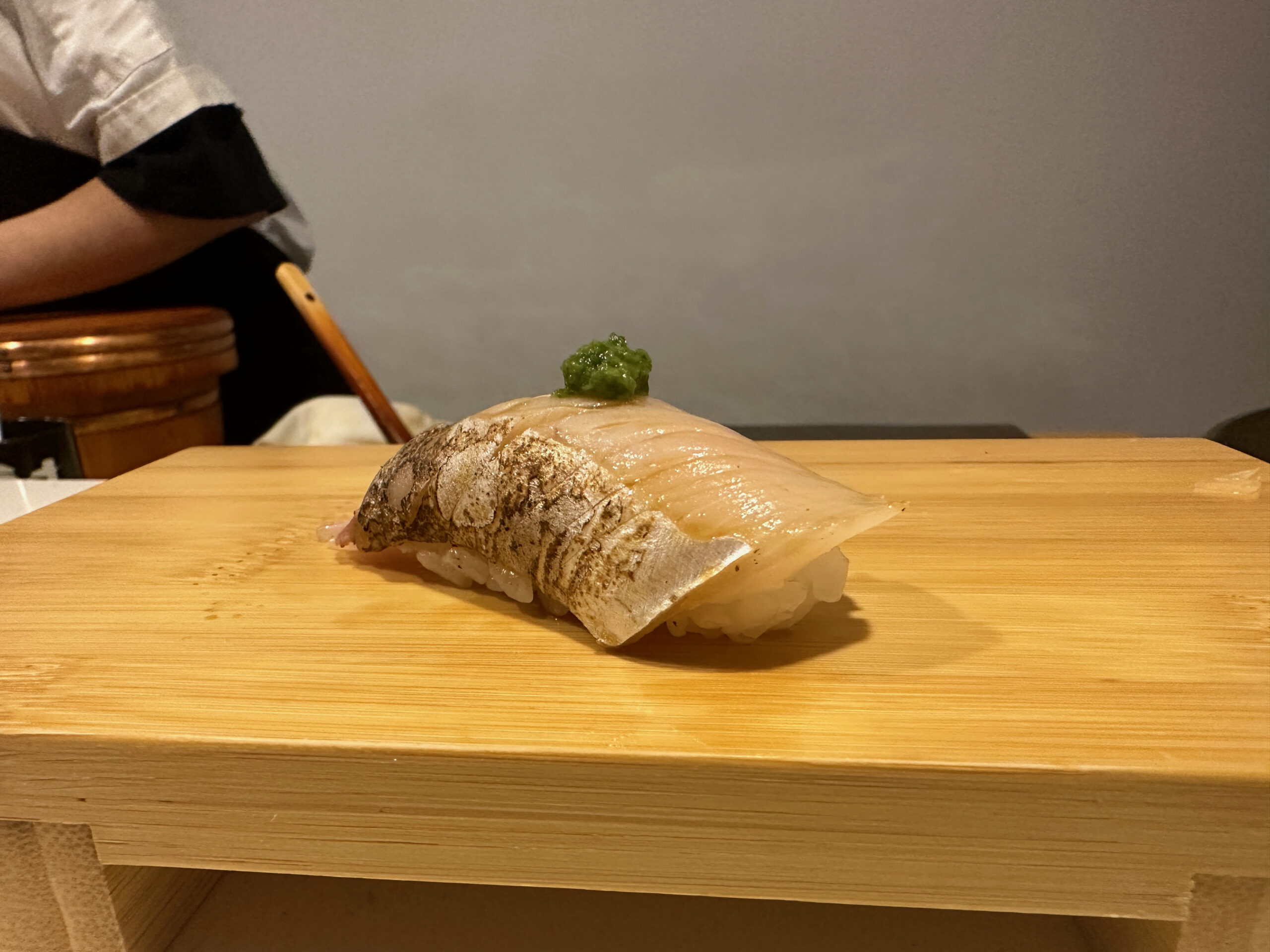
5: Sawara
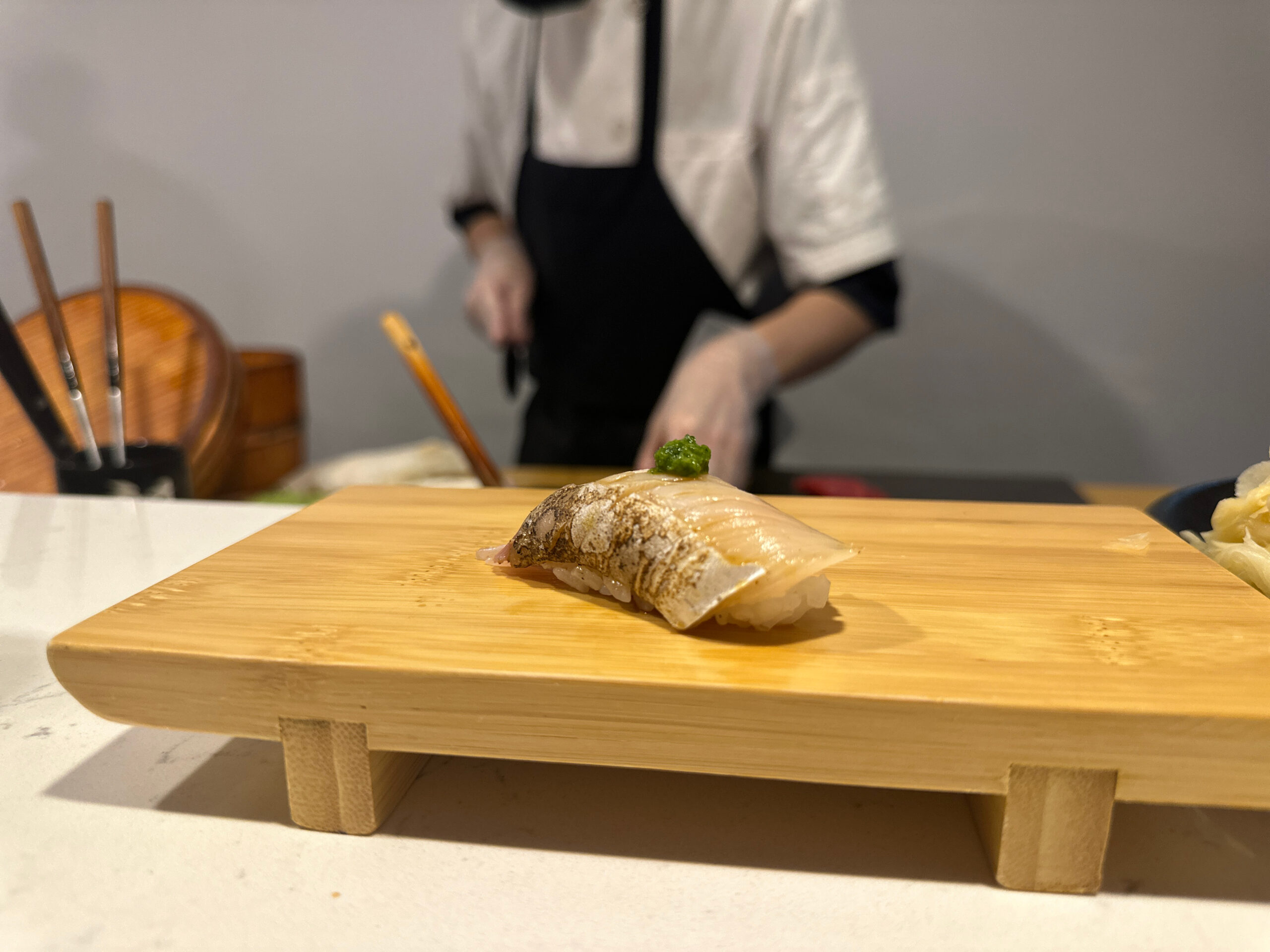
Another angle of the Sawara
There are a few hallmarks of a Chalkboard Omakase
Obviously, there’s the chalkboard, but also old friends like Wagyu and the blowtorch show up. It’s almost impossible to comment on this type of nigiri because it’s a cheat code. Given how many people love marbled beef, how hard is it to screw up seared Wagyu?

6: Wagyu
About that blowtorch
If you have an allergy to blowtorches – does such a thing exist? – then I’d pick a different sushiya. I counted 6 of 19 courses that utilized the fire-breathing bane of my existence. The Wagyu above, the Gindara (Sablefish below), the Sake (with Foie Gras), the Wagyu again, the O Toro with Caviar and the Unagi.
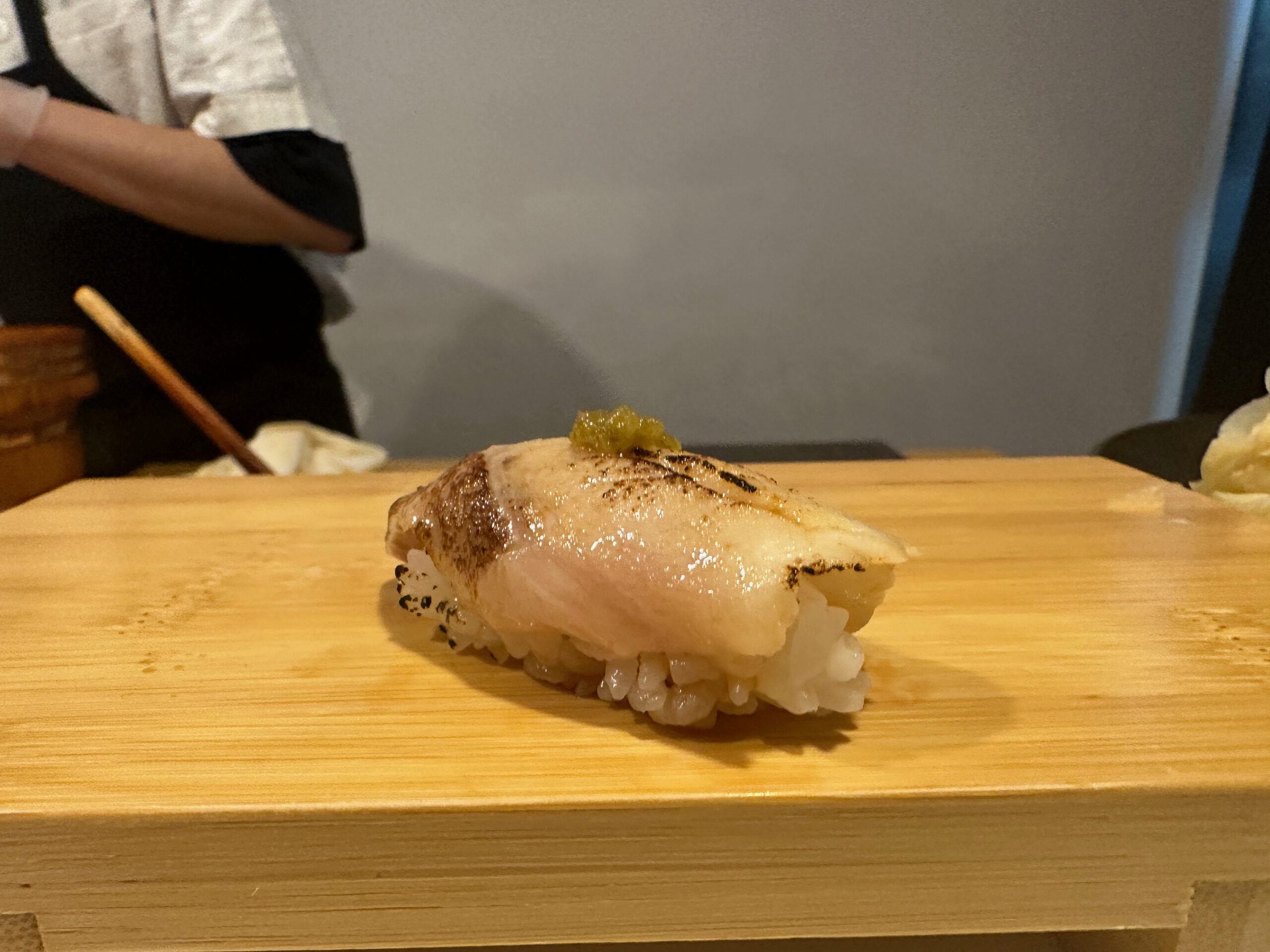
7: Gindara (Sablefish/Black Cod)
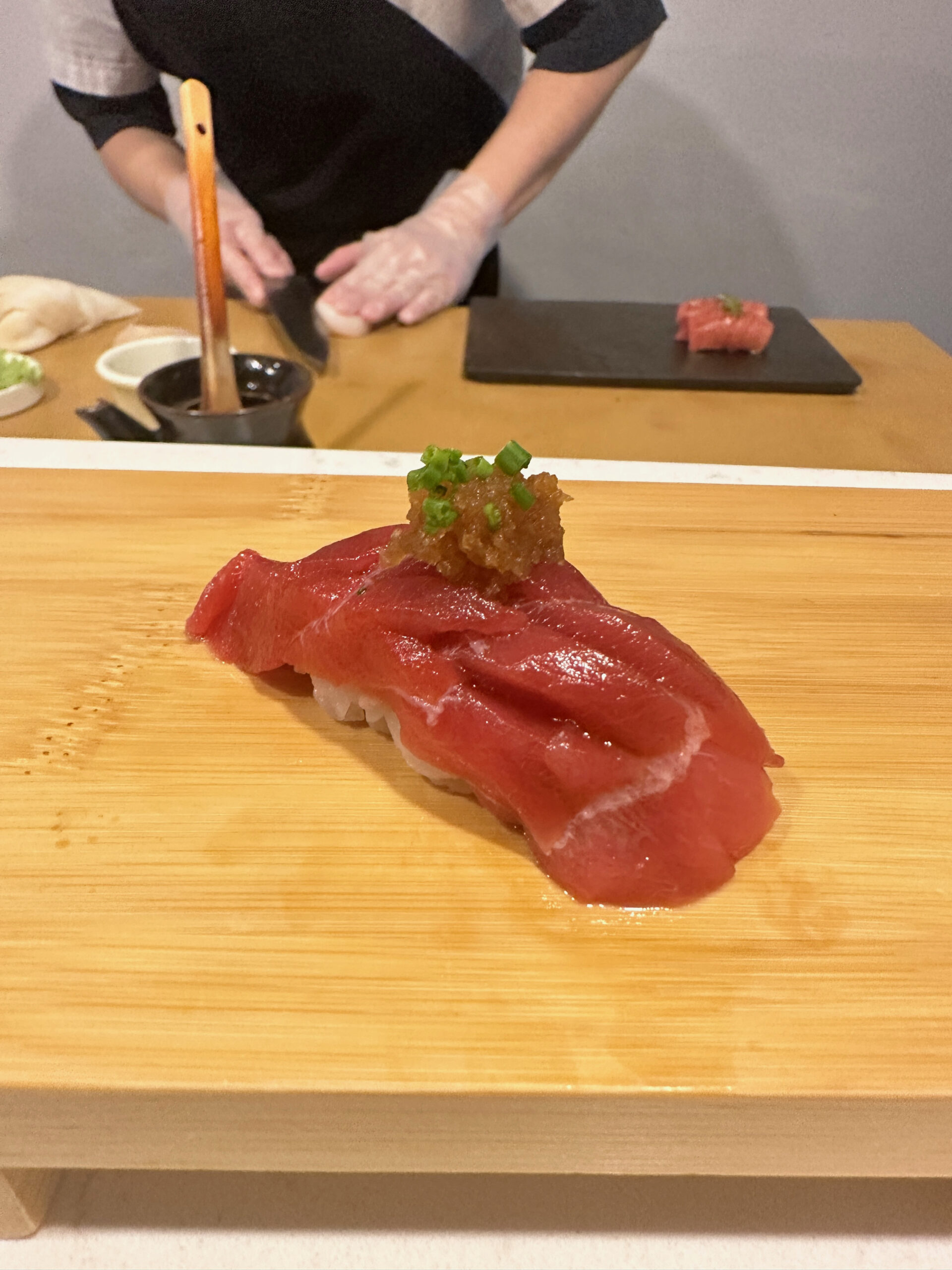
8: Akami
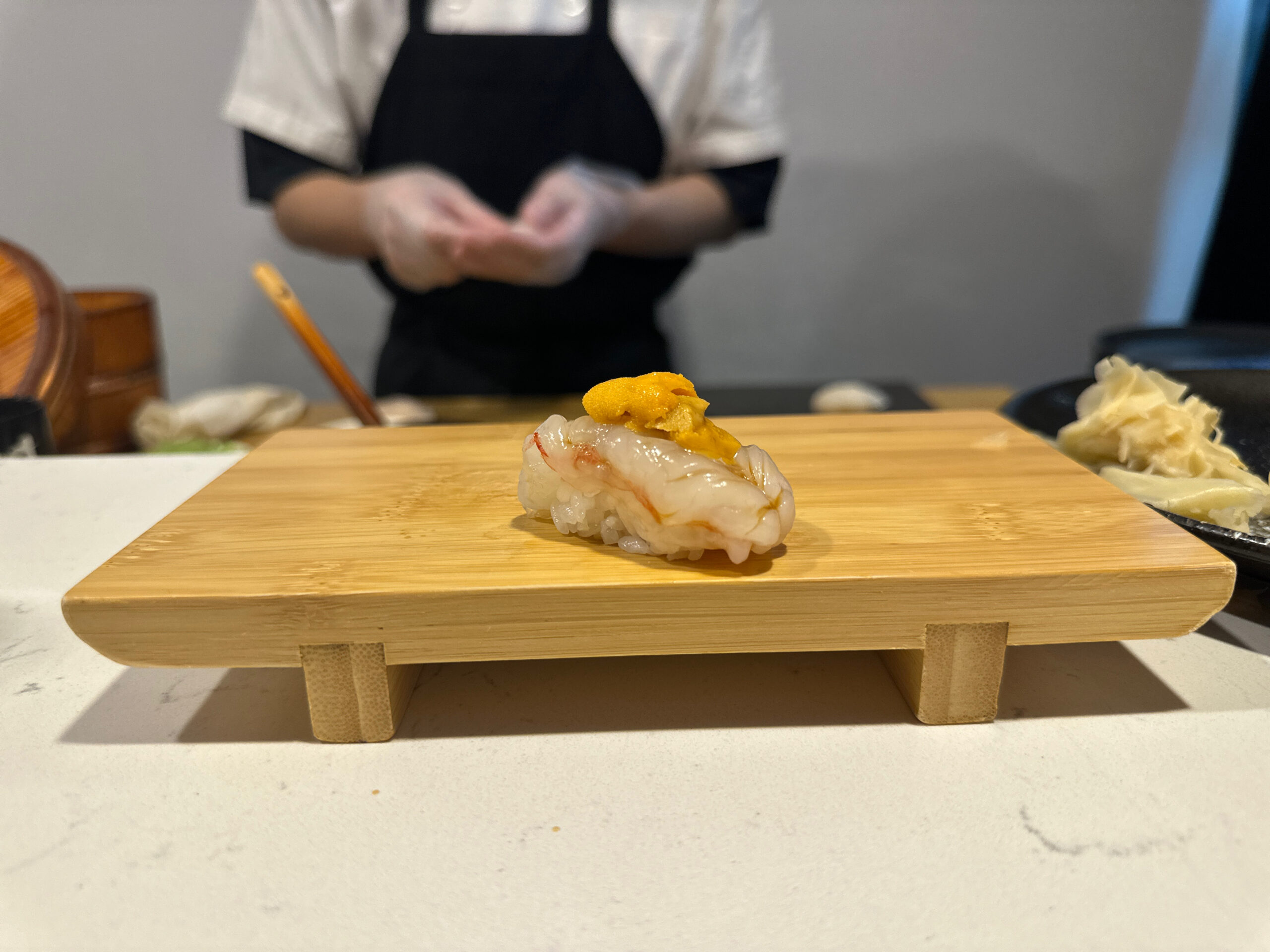
9: Botan Ebi with Uni
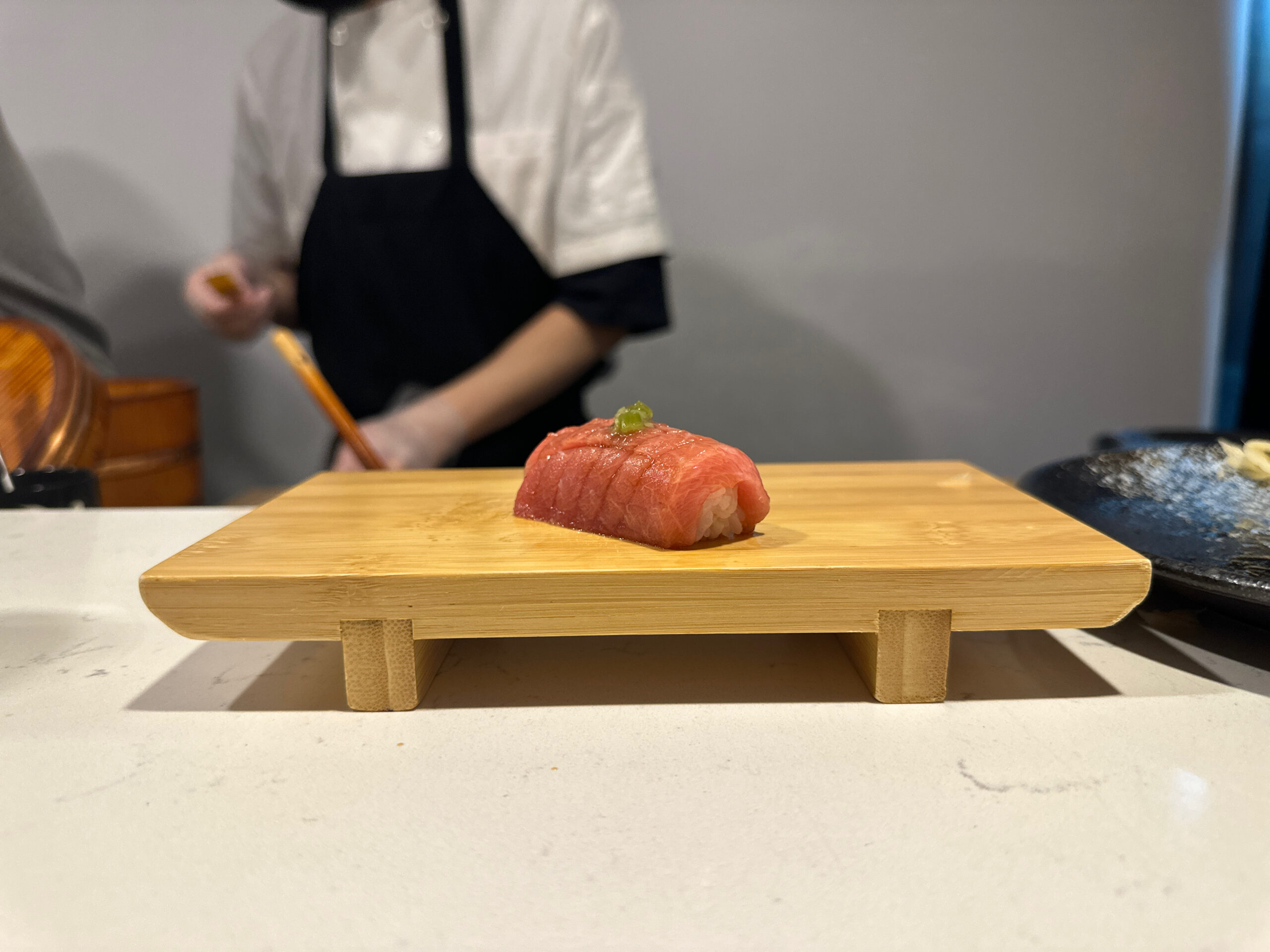
10: Chu Toro
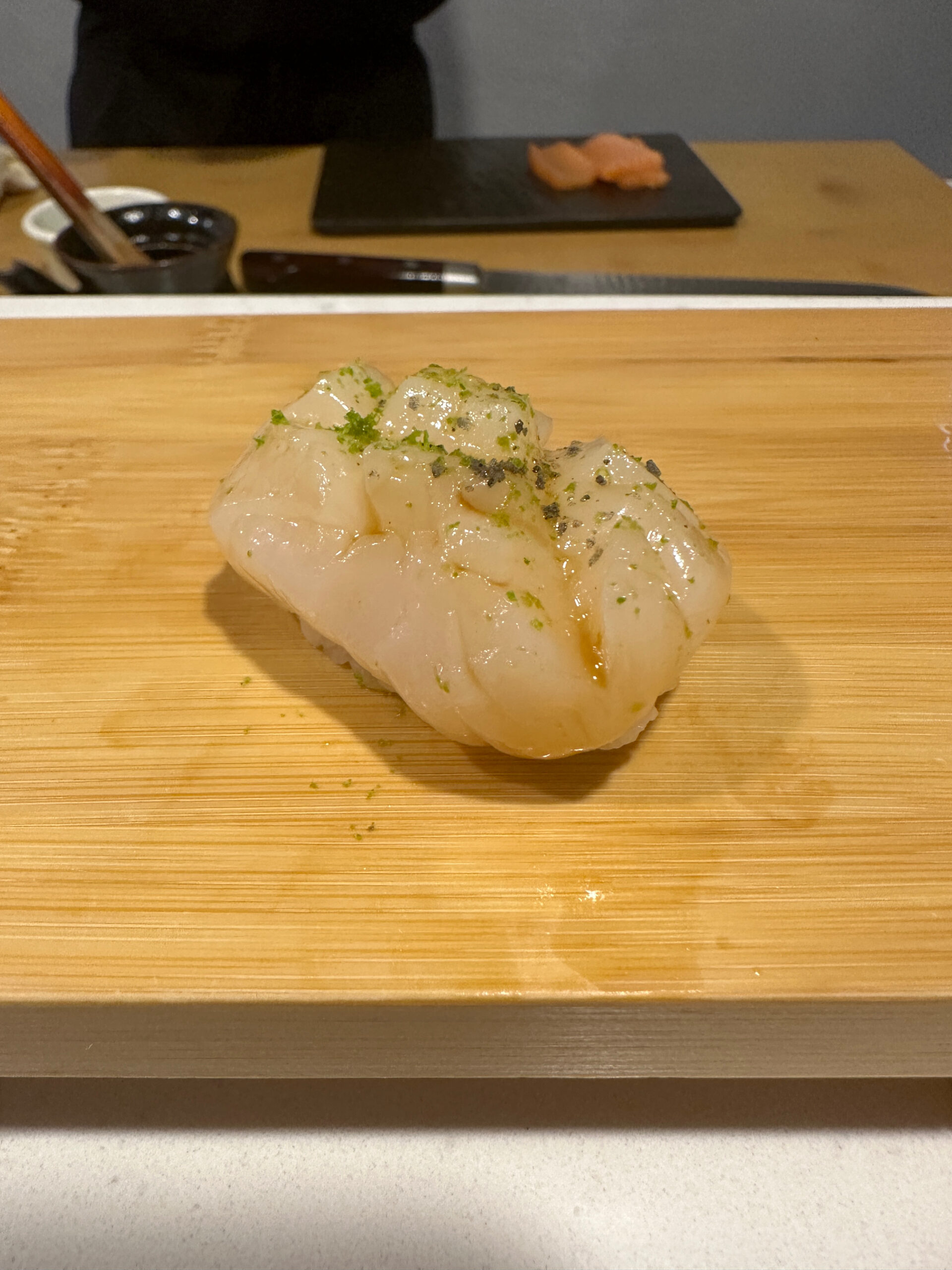
11: Hotategai (scallop)
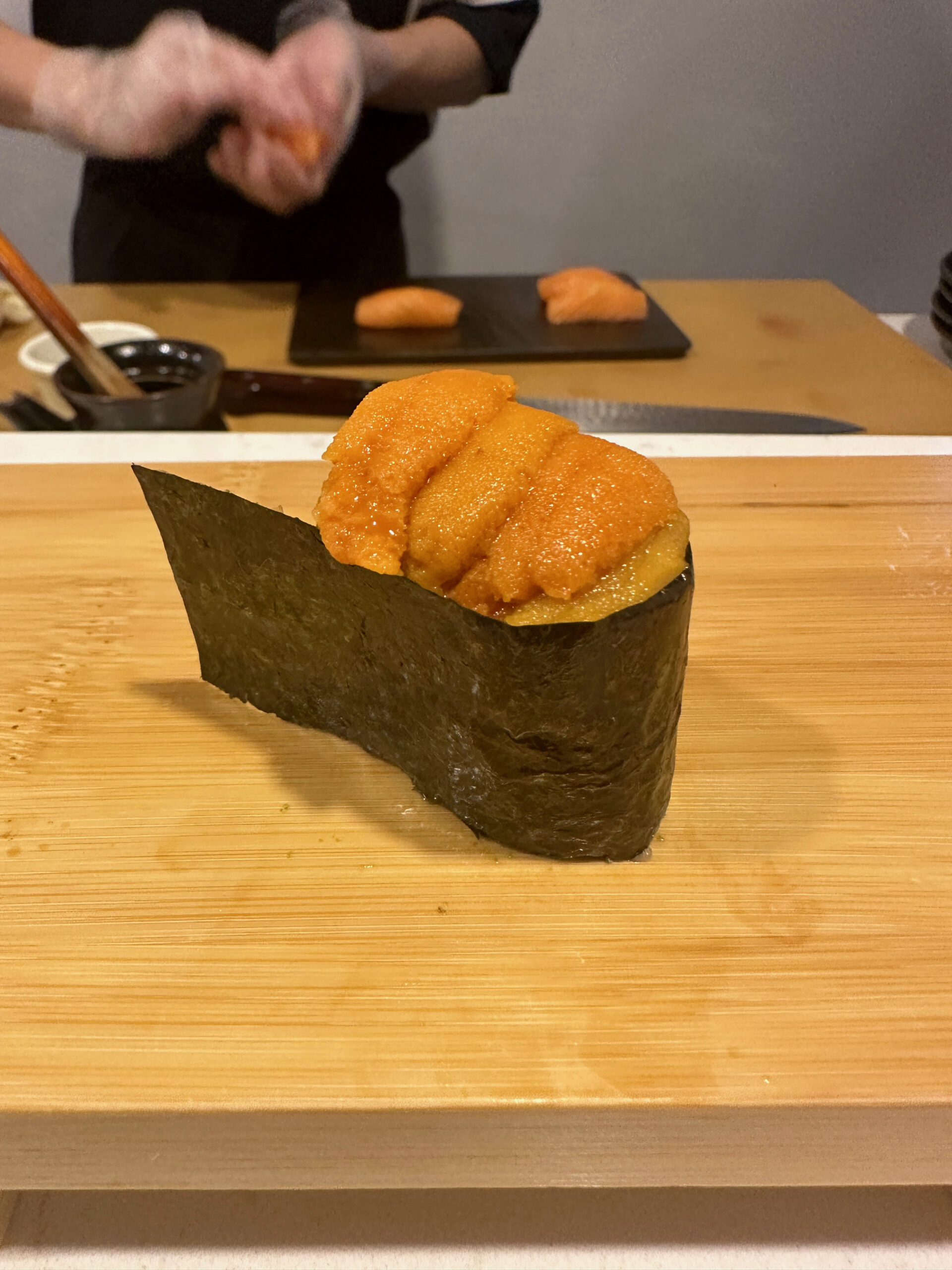
12: Uni
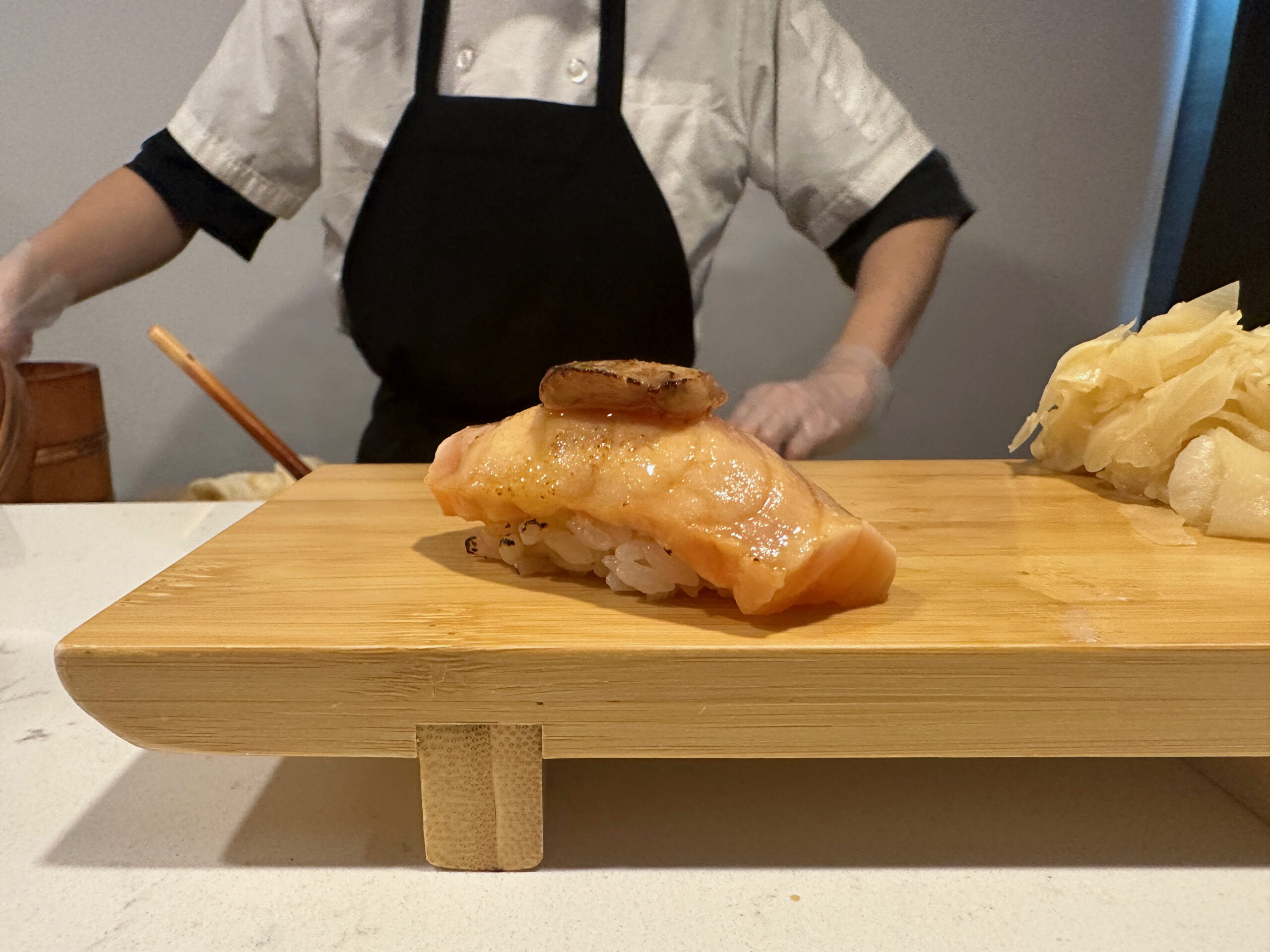
13: Sake (Salmon) with Foie Gras
But I do undertstand why Shinzo is so popular
It’s the value. Look at the O Toro below, and ignore the way too deep incisions. Great looking hongmaguro and it tasted just as succulent as it looks.
And when I say people love this place, I mean people LOVE this place. I overheard a couple walking out say, and this is a direct quote, that “it was so much better than Sushi Nakazawa”.
Now, I didn’t have the heart to tell these wonderful people that Nakazawa is paint-by-numbers dreck (thoughts here), but the point stands.
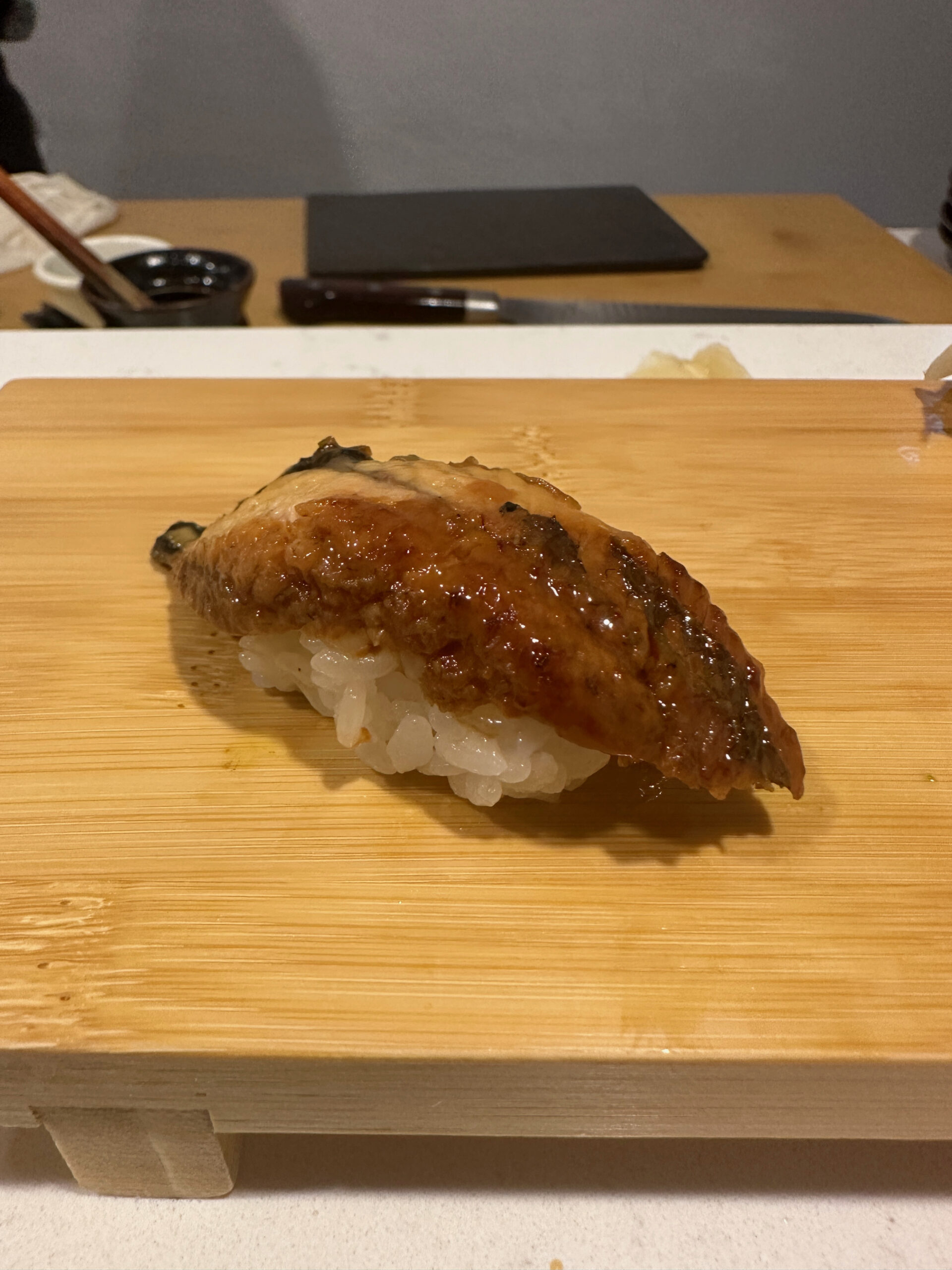
14: Unagi
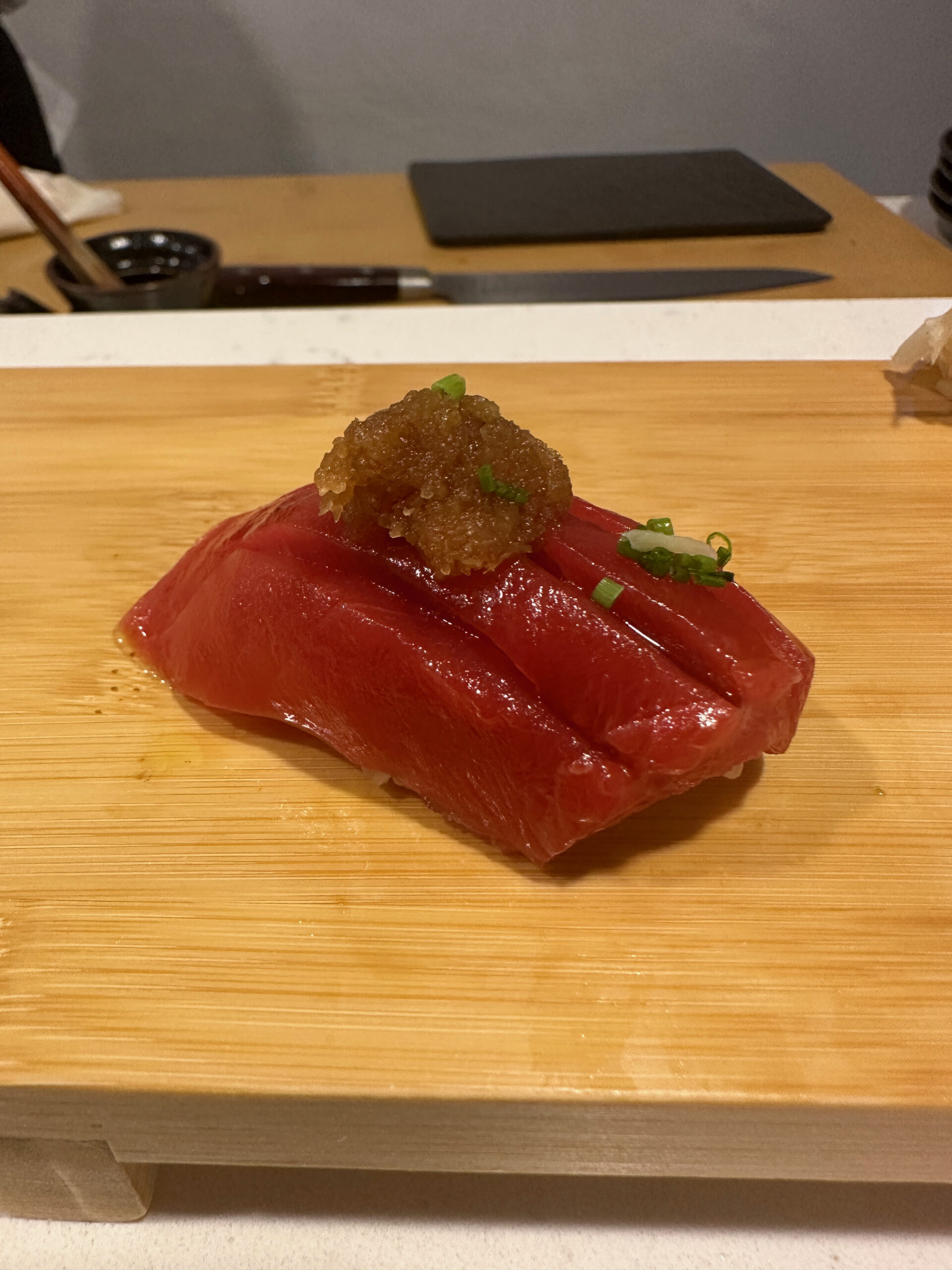
15: Akami again
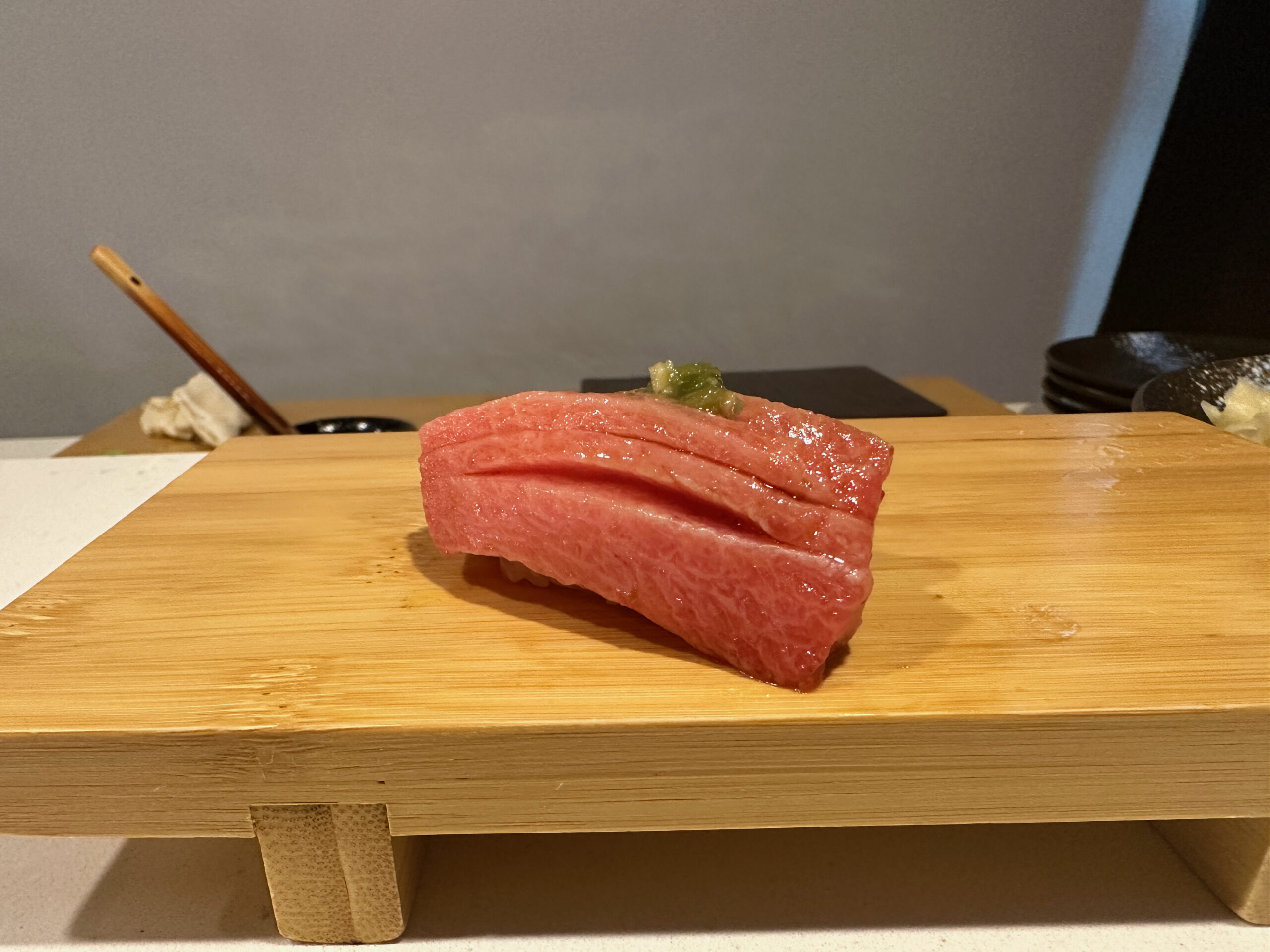
16: O Toro
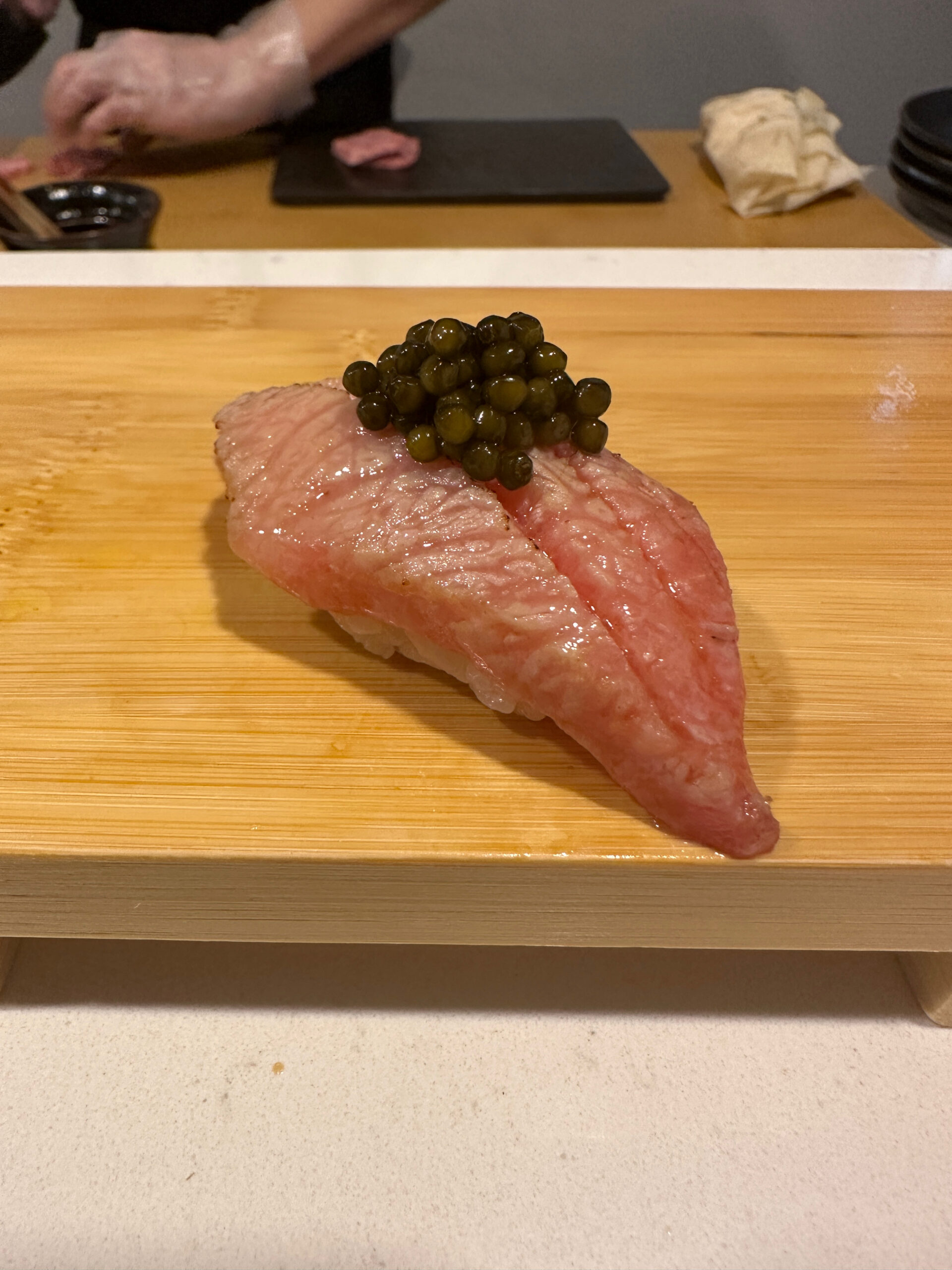
17: O Toro Aburi with Caviar

18: Wagyu again
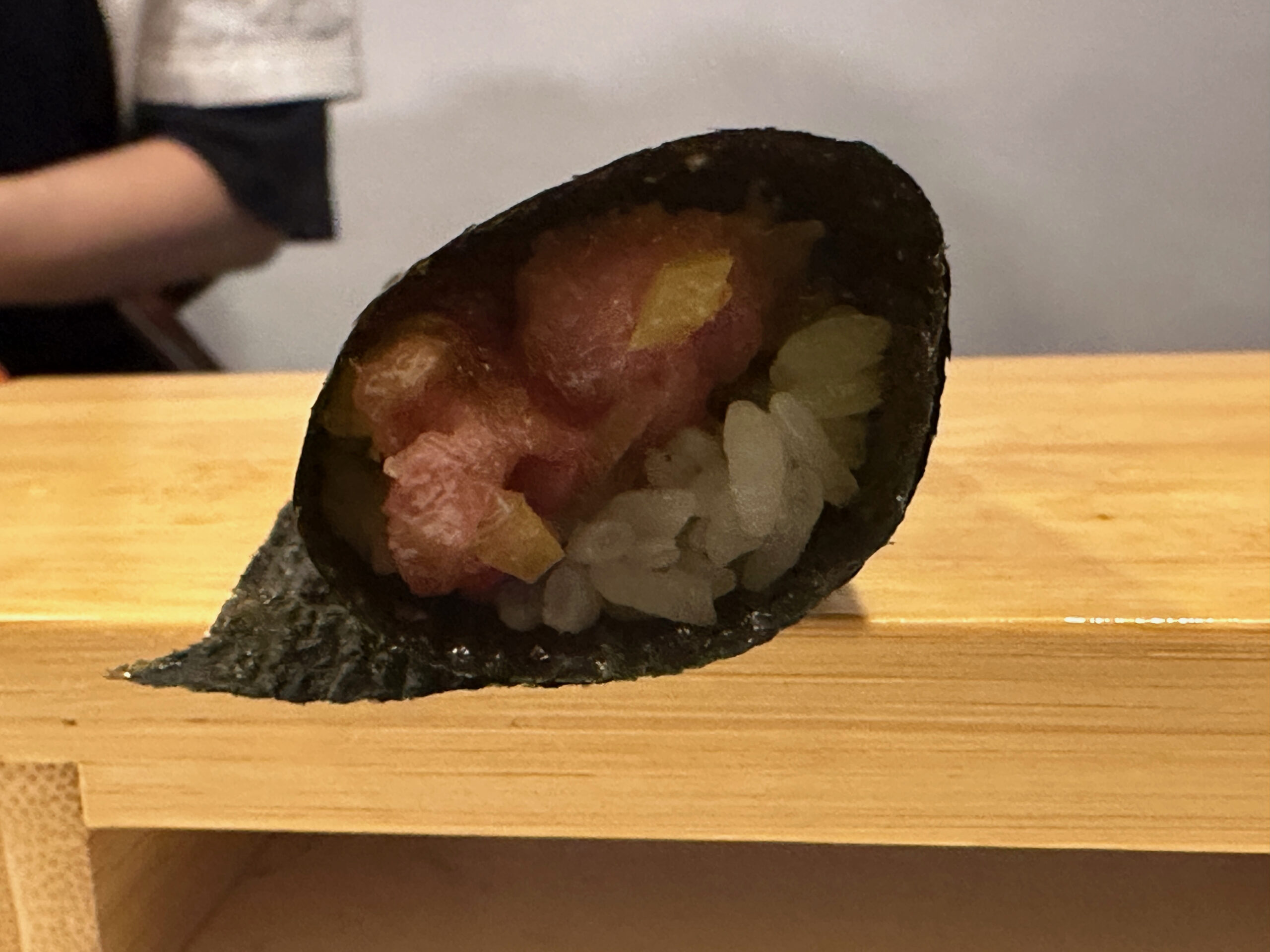
19: Toro taku
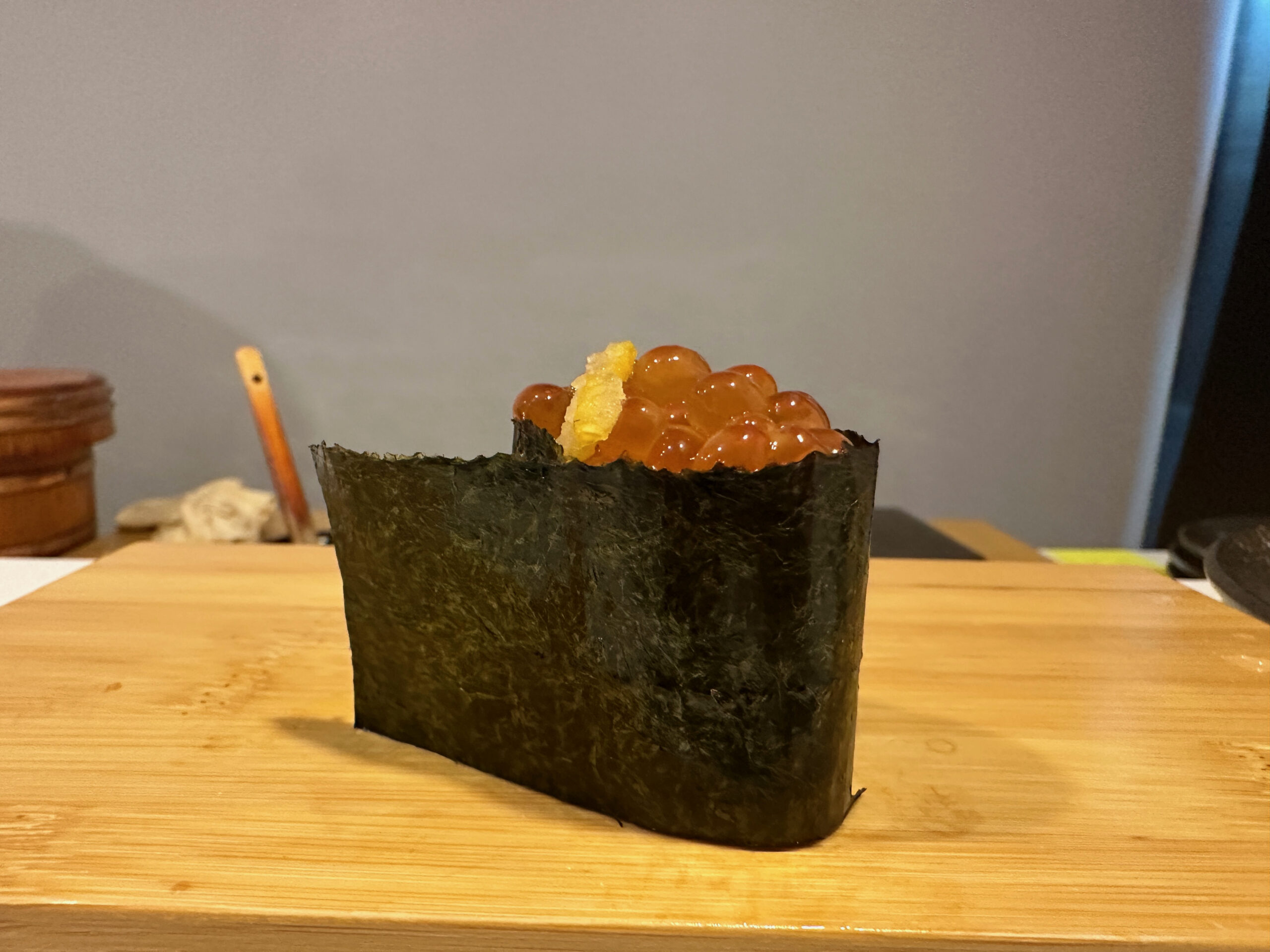
Extra: Ikura with lemon – when did we as a society stop sealing the nori in gunkanmaki?

Ikura again
There’s also the service
Despite the whole make-us-wait thing, this was some of the nicest group of people I’ve ever encountered.
Shinzo is BYOB, which usually means a small corkage fee and a constant need to ask a waiter for your booze.
But here, there’s 2 people who’s entire existence is running around bringing people their alcohol. We brought two cases of High Noon because we’re smart and classy, and it was poured into some tall frosted glass like we were some posh New York City club I’ve never heard of.
Small pro-tip: Shinzo is in the East Village, which means there’s a liquor store across the street, down the street, up the street and likely in the sewers below.
I’m going to lightly recommend Shinzo, because I’m not sure there’s much better in the price range.
